Tajikistan travel tips
Tajikistan travel tips: Central Asian gem, boasts stunning landscapes, including the Pamir Mountains. Rich culture, Persian influence, and warm hospitality prevail.
Regions 🌎
Tajikistan travel tips. Here is a list of all the regions of the Tajikistan.
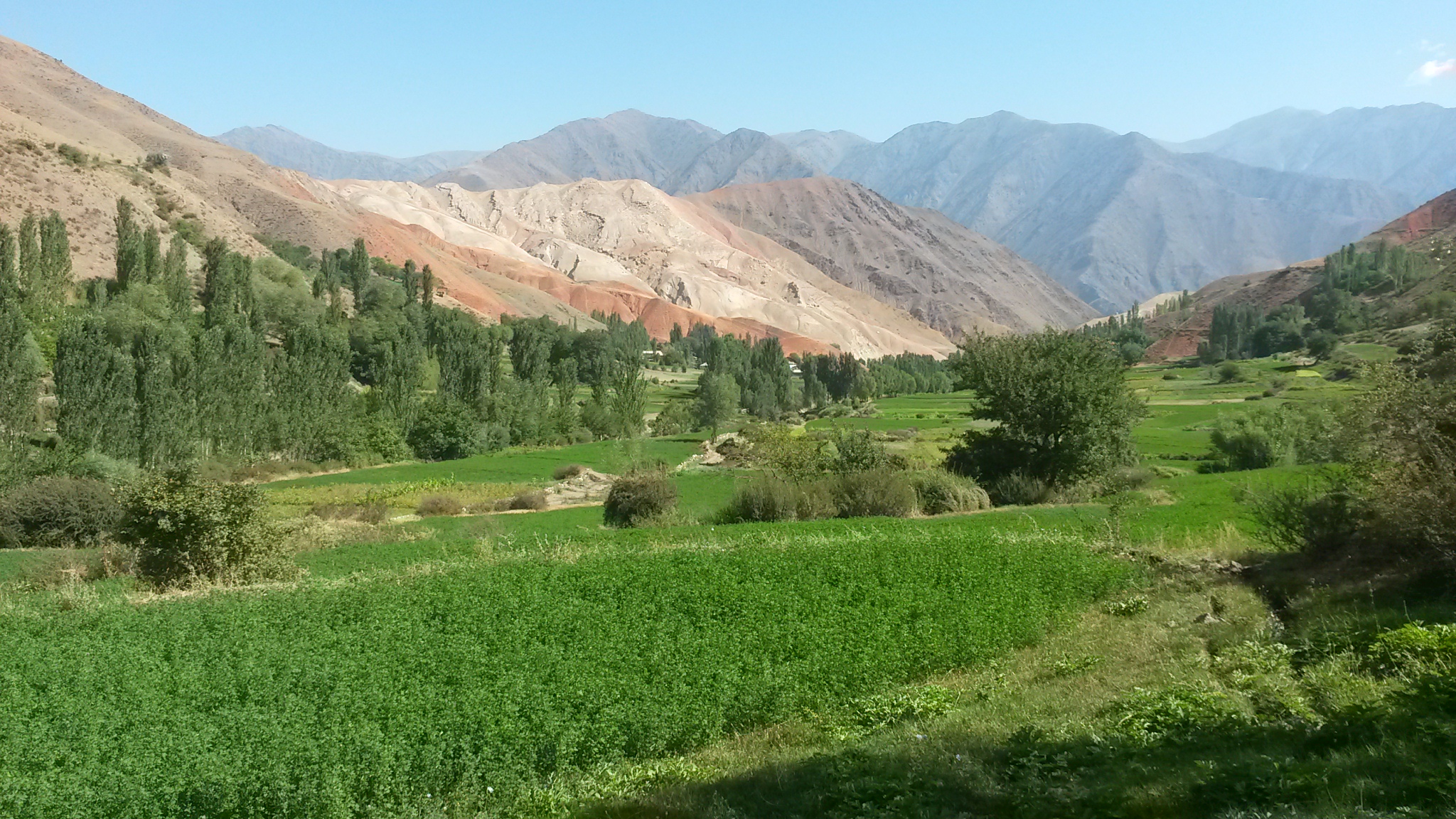
Sughd Region
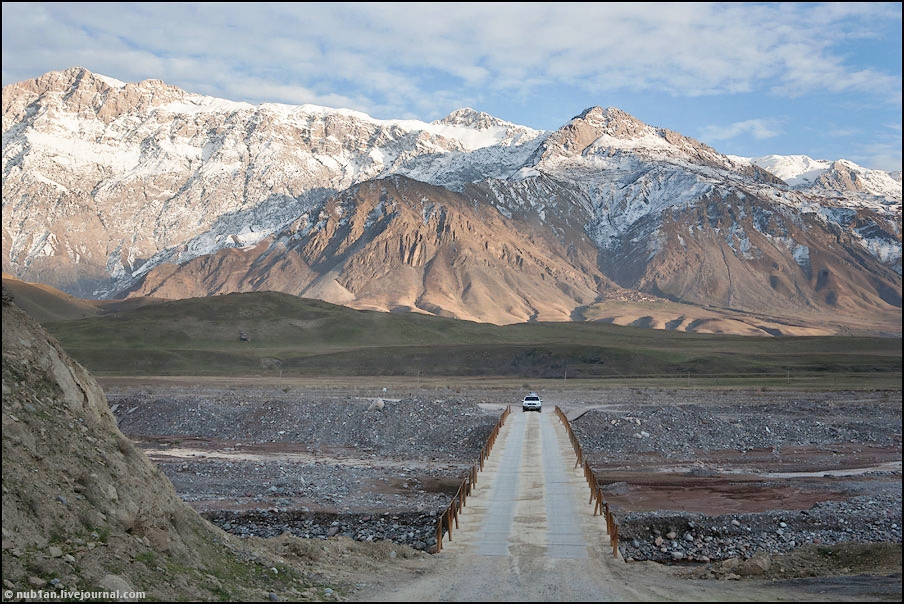
Khatlon Region
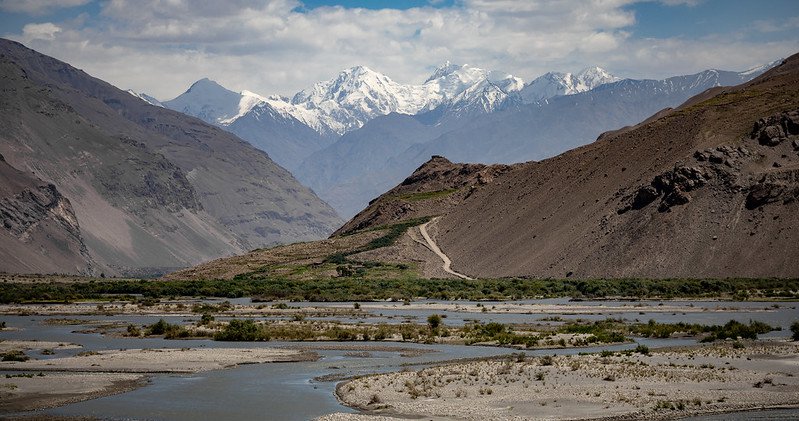
Gorno-Badakhshan Autonomous Region

Region of Republican Subordination
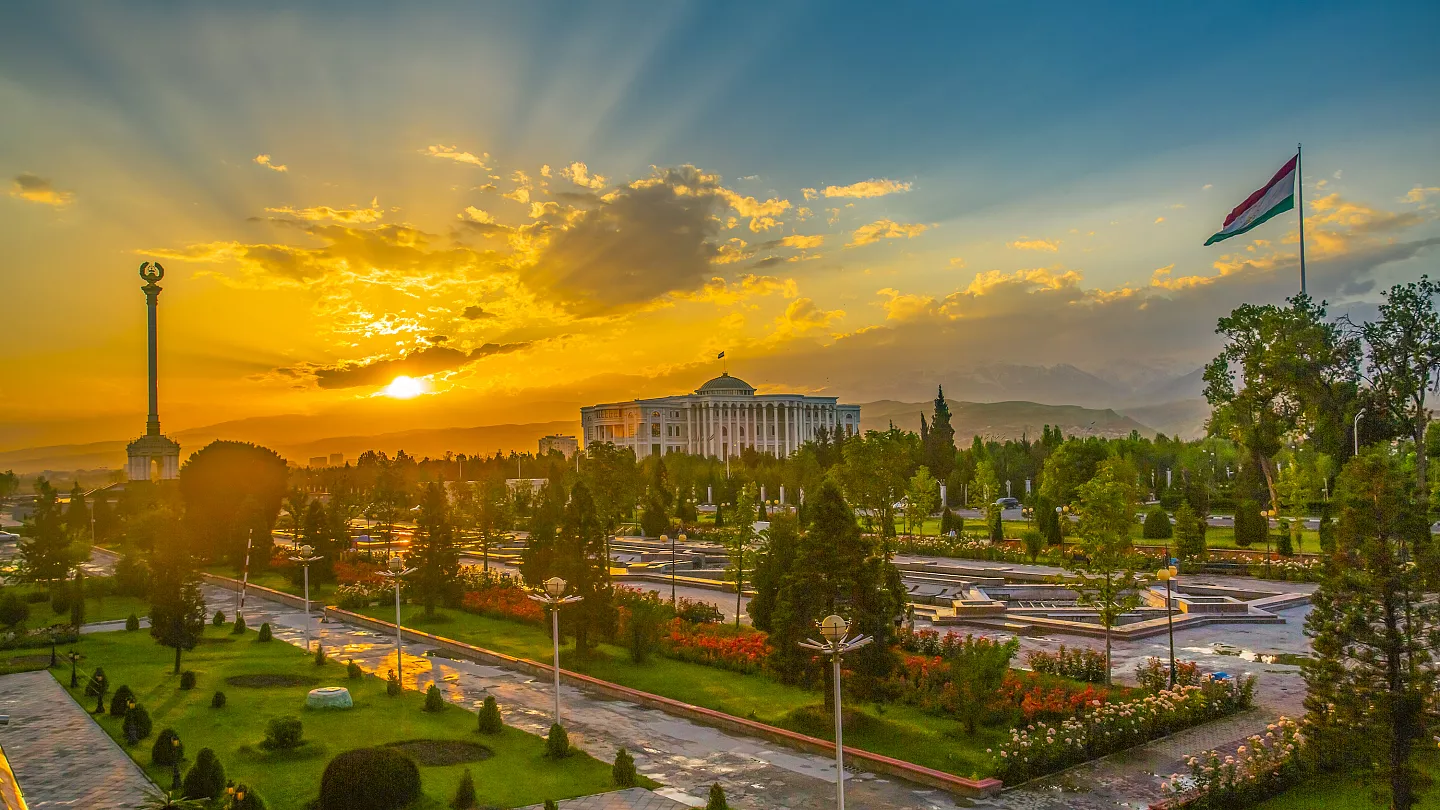
Dushanbe
Before you go 🛩
Important information you should know before your trip
Info
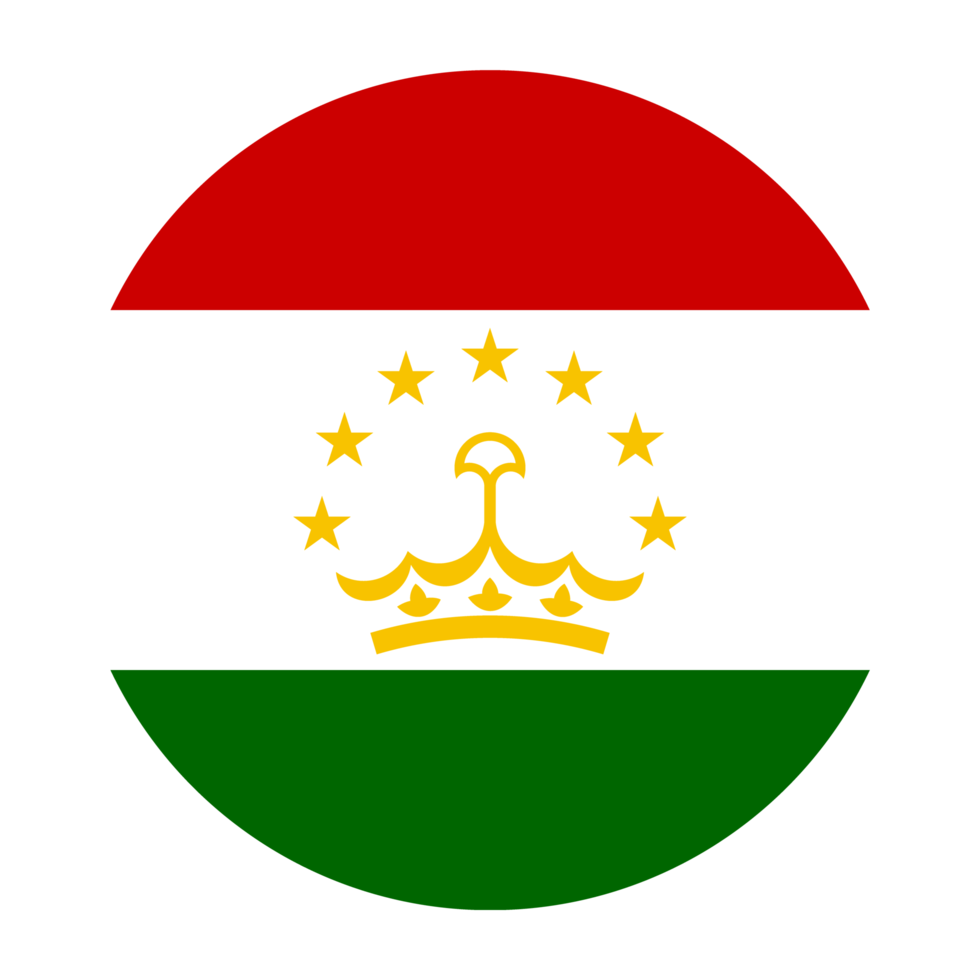
Capital | Dushanbe
Flag Codes:
ISO alpha-2 TJ,
ISO alpha-3 TJK
Currency
Badge | Somoni
CODE | TJS
NUMBER | 972
SYMBOL | ЅМ
FRACTION | dirame
Mobile Coverage
Dialing Code | +992
SIM Card
Coverage | 3G / 4G / 5G |
Mobile Networks | Babilon Mobile | MegaFon Mobile | Tcell Mobile | ZET Mobile |
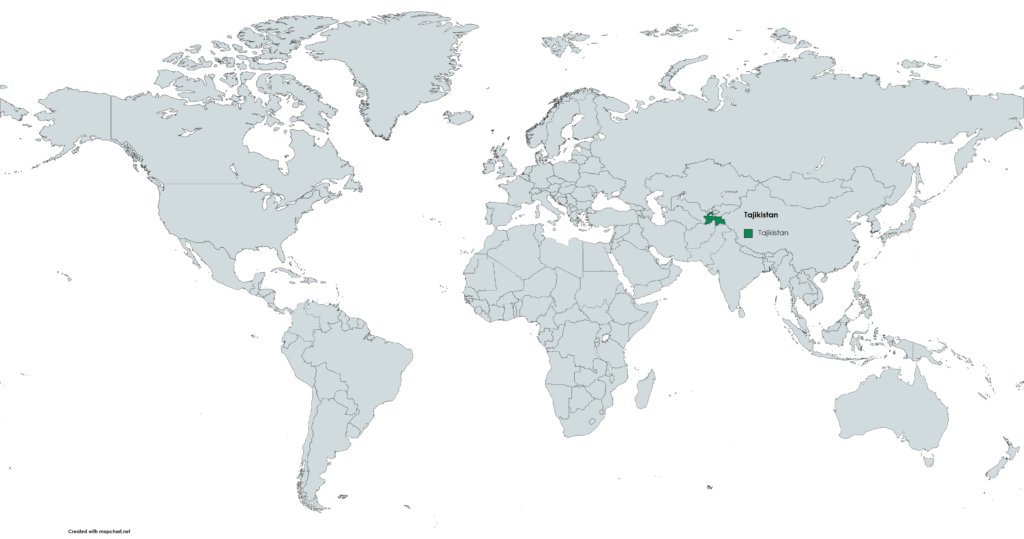
Location
Tajikistan is a landlocked country located in Central Asia. It is bordered by Afghanistan to the south, Uzbekistan to the west, Kyrgyzstan to the north, and China to the east. The geographical coordinates of Tajikistan are approximately between 37.95°N latitude and 71.28°E longitude.
Currency
The official currency of Tajikistan is the somoni (TJS), which is divided into 100 dirams. The tickets available are 1, 5, 10, 20, 50, 100, 200 and 500 somonis. The coins in circulation are 1, 2, 5, 10, 20, 25 and 50 dirams and 1 somoni.
Regarding their design, the somonis banknotes present images of important figures in the history and culture of the country, as well as monuments and animals characteristic of the local fauna. The coins have different designs, with the national coat of arms on the obverse and characteristic figures of Tajikistan’s culture and fauna on the reverse.
The somoni is a relatively stable currency and its value has fluctuated over time. The National Bank of Tajikistan is in charge of issuing and regulating the currency of Tajikistan.
Languages
Tajik is the official language of Tajikistan and is the most widely spoken language in the country. Tajik is an Iranian language that uses the Cyrillic alphabet and is closely related to the Persian spoken in Iran and Afghanistan.
In addition to Tajik, other minority languages are spoken in Tajikistan, such as Uzbek, Russian, and Kyrgyz. Uzbek is spoken by a minority Uzbek in the north of the country, while Russian is a language commonly used in public administration and business. Kyrgyz is spoken by a small community in the east of the country.
In short, Tajik is the official and predominant language in Tajikistan, while Russian is also an important and widely used language in the country’s public life.
Climate 🌡
Tajikistan has a diverse climate due to its varied topography, which ranges from lowland valleys to high mountain ranges. Generally, the climate of Tajikistan can be described as continental, with hot summers and cold winters. Here are the main climatic regions of Tajikistan:
Lowland Valleys: The lowland valleys, such as the Fergana Valley in the north, have a relatively mild climate. Summers are warm to hot, with temperatures reaching 30-35°C (86-95°F). Winters are cold, with temperatures dropping to around 0°C (32°F) or below.
Foothills: The foothill regions experience a moderate climate. Summers are warm and winters are cold, with temperatures dropping below freezing. Precipitation is relatively higher in these areas compared to the lowland valleys.
Mountains: The majority of Tajikistan is covered by mountains, including the Pamir and Alay ranges. The climate in the high mountain areas is characterized by long and harsh winters with heavy snowfall. Summers are short and cool, with temperatures rarely exceeding 20°C (68°F). The high-altitude regions have a semi-arid to arid climate.
Eastern Region: The eastern part of Tajikistan, including the Gorno-Badakhshan Autonomous Region, has a harsh climate due to its high elevation. It experiences extremely cold winters, with temperatures dropping well below freezing, and short cool summers.
Western Region: The western part of Tajikistan, bordering Uzbekistan, has a relatively milder climate. Summers are hot, with temperatures often exceeding 35°C (95°F), while winters are cold with temperatures dropping below freezing.
Precipitation patterns vary across Tajikistan, with the eastern and northern regions receiving more rainfall compared to the western and southern parts. The mountainous regions, especially in the Pamir Mountains, receive significant snowfall, which contributes to the water supply of the region.
Tajikistan travel tips
If you’re planning a trip to Tajikistan, here are some travel tips to enhance your experience:
Visa Requirements:
Check visa requirements before travel; obtain necessary permits for specific regions like Gorno-Badakhshan Autonomous Region.
Trekking:
If trekking, hire a local guide for safety and cultural insights; carry essentials.
Electricity:
Power outages are common; bring a universal adapter and consider a power bank.
Shopping:
Explore local markets for souvenirs; bargaining is common.
Transportation:
Navigate via shared taxis, marshrutkas, or private drivers; domestic flights are available. View Guide.
Altitude:
Acclimatize gradually in high-altitude areas like the Pamir Mountains to prevent altitude sickness.
Cultural Events:
Check for local festivals and events; they offer insights into Tajik culture.
Enjoy your time in Tajikistan!

The best of the best
Tajik cuisine is a blend of Central Asian, Persian, and Russian influences. It incorporates a variety of flavors, ingredients, and cooking techniques.

Plov (Osh)
Plov is a traditional rice dish and considered the national dish of Tajikistan. It is made with rice, meat (usually lamb or beef), carrots, onions, and a mix of spices.
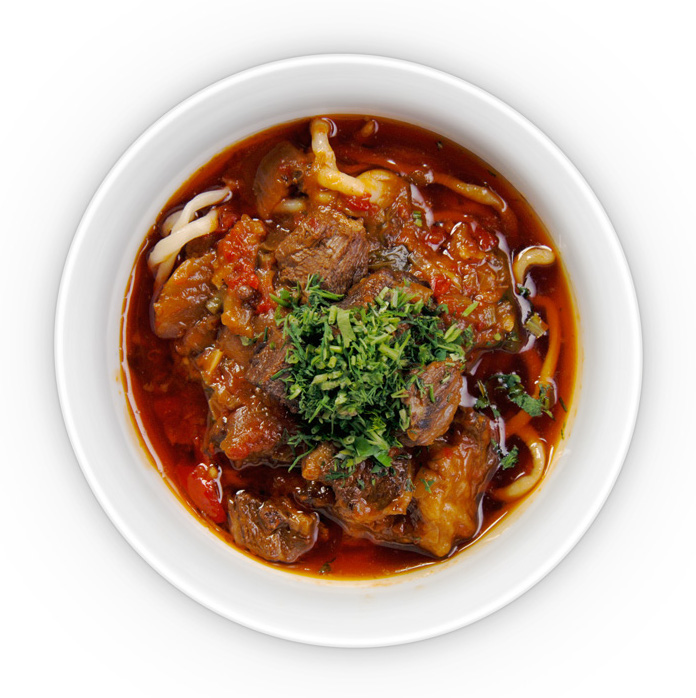
Laghman
Laghman is a noodle dish with various toppings, such as stir-fried meat (beef, lamb, or chicken), vegetables (carrots, peppers, cabbage), and a flavorful sauce.
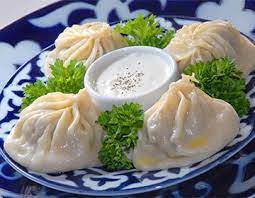
Manti
Manti are steamed dumplings filled with ground meat (lamb or beef), onions, and spices. They are served with sour cream or tomato sauce and are a popular dish in Tajik cuisine.
Here are some typical foods and dishes you can find in Tajikistan:
Shashlik: Shashlik refers to skewered and grilled meat, often marinated in a mixture of spices and onions. The most common meat used for shashlik is lamb or beef, but chicken and fish can also be used. It is served with bread, fresh vegetables, and sometimes yogurt.
Sambusa: Sambusa is a savory pastry filled with minced meat (lamb or beef), onions, and spices. They are typically fried until golden and crispy. Sambusas can be found as popular street food in Tajikistan.
Qurutob: Qurutob is a traditional Tajik dish made with pieces of bread soaked in a tangy yogurt sauce and topped with fried onions, tomatoes, cucumbers, and herbs. It can be served as a vegetarian option or with added meat.
Shurbo: Shurbo is a hearty soup made with meat (lamb or beef), vegetables, legumes (such as chickpeas or lentils), and various herbs and spices. It is a popular dish, especially during the winter months.
Non: Non is a traditional Tajik bread that comes in various shapes and sizes. It is typically round and baked in a tandoor oven. Non is an essential part of every meal in Tajikistan.
Chakka: Chakka is a thick and creamy yogurt that is often served as a side dish or used in various recipes. It is made by straining yogurt to remove the whey, resulting in a rich and tangy product.
The country’s food culture reflects its rich history and the availability of local ingredients.
Transportation 🚥
More information about this country
Choose your destination 📍🗺
Useful Links ✅



